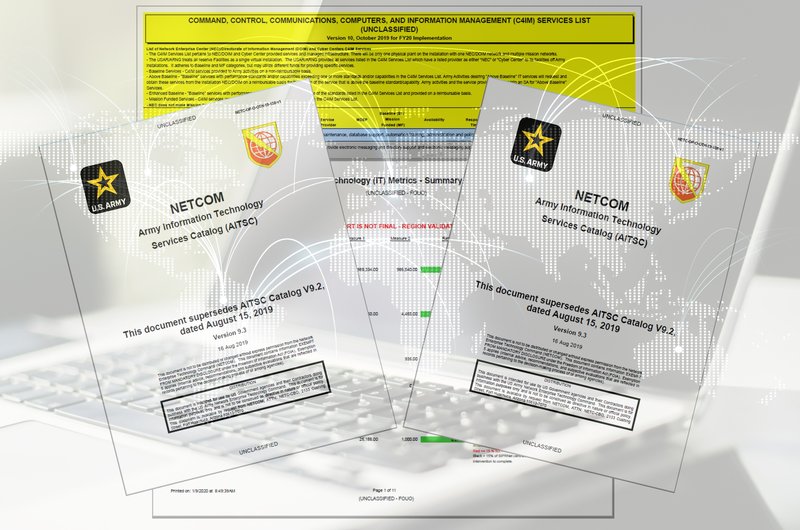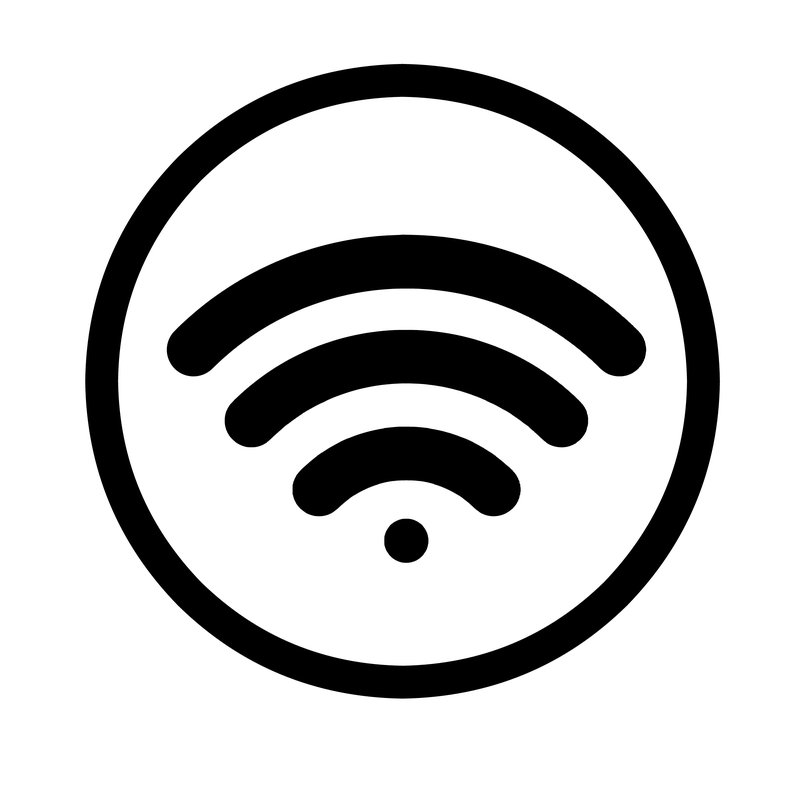The future arrives in packets, folks. Not all at once with a bow on top, but in these fascinating little bundles of innovation that keep showing up on our doorstep like unexpected gifts from the universe. As I scrolled through my news feed this morning, coffee in hand and optimism set to maximum, I stumbled upon something that got my futurist heart racing: Mistral’s new optical character recognition technology.
Now, I know what you’re thinking. “Christian, OCR has been around since the 1950s when Reader’s Digest wanted a faster way to manage their subscription lists!” True enough, my historically-minded friends. But what Mistral has created here isn’t your grandfather’s OCR—it’s OCR that finally delivers on the decades-old promise of truly understanding documents the way humans do.
Mistral – The Quiet Revolution in Document Understanding
Remember those frustrating moments trying to copy text from a PDF, only to end up with a jumbled mess that looks like your cat walked across the keyboard? That’s because traditional OCR sees letters but misses meaning. Mistral’s approach changes the game entirely.
Their new OCR API doesn’t just see text—it comprehends context. It recognizes handwritten notes (even my doctor’s prescriptions might finally be decipherable!), interprets complex tables, and even processes mathematical equations. All while maintaining the document’s original structure. It’s like having a brilliant assistant who not only reads your documents but actually understands them.

What makes this particularly exciting is the promise it holds for unlocking the estimated 90% of business information currently trapped in unstructured formats. Think about all the human knowledge and expertise buried in filing cabinets, archived reports, and handwritten notes. We’re talking about liberating information from its paper prison and giving it wings in our digital world.
Mistral – From Information Overload to Intelligence Abundance
The problem with our current technological landscape isn’t a shortage of information—we’re drowning in it. The challenge is making sense of it all in ways that actually enhance human capability rather than overwhelming it.
Mistral’s technology represents a shift from mere information processing to genuine intelligence enhancement. By processing up to 2,000 pages per minute (on a single node!), it operates at a scale that transforms what’s humanly possible.
Consider historical preservation projects that would take decades of manual transcription. Or research initiatives bogged down by the need to manually extract data from thousands of academic papers. Or customer service teams that spend more time hunting for information than actually helping customers.
The benchmarks are particularly telling. According to Mistral’s testing, their OCR outperforms offerings from tech giants like Google, Microsoft Azure, and even OpenAI’s GPT-4o in accuracy for math recognition, scanned documents, and multilingual text processing. This isn’t just an incremental improvement—it’s a leap forward.
The Multilingual Bridge
Perhaps what excites me most about this development is its potential to break down language barriers. In our increasingly connected world, the ability to accurately process text across multiple languages isn’t just convenient—it’s essential for creating truly global solutions.
I’ve long believed that some of humanity’s most pressing challenges—climate change, healthcare accessibility, educational equity—require collaborative solutions that transcend national and linguistic boundaries. Technologies that help us communicate across these divides aren’t just clever innovations; they’re essential bridges to our collective future.
Imagine research teams across continents instantly sharing and understanding each other’s findings. Or historical documents from diverse cultures being made accessible to scholars worldwide. Or businesses being able to truly understand and serve customers regardless of language.

Beyond the Technical Specs
What truly matters about innovations like Mistral’s OCR isn’t the technical specifications—impressive as they are—but how they might reshape our relationship with information and with each other.
For organizations, this means more than efficiency gains. It opens possibilities for deeper insights from their own data, more responsive customer service, and more informed decision-making. For individuals, it promises less time wasted on tedious document processing and more time for creative and meaningful work.
I’m particularly intrigued by how Mistral has positioned this technology for accessibility, making it available through their developer platform and planning on-premises deployment options for organizations with stringent security requirements. The democratization of advanced AI tools is essential if we want their benefits to be widely distributed.
The Human Element
Technology at its best doesn’t replace human capabilities—it amplifies them. Great innovations give us superpowers while still keeping humans in the loop where our judgment, creativity, and ethical reasoning remain essential.
What I find most promising about developments like Mistral’s OCR is how they free us from tedious tasks while enhancing our uniquely human abilities. By handling the mechanical aspects of document processing, they create space for us to focus on interpretation, insight, and imagination—the things computers still can’t match.
As we navigate the rapid evolution of AI technologies, this should be our North Star: creating tools that make us more human, not less. Tools that enhance our connection to information and to each other, rather than creating new barriers.
The future I’m most excited about isn’t one where AI does everything for us. It’s one where AI handles the routine so we can focus on the remarkable. Where technology removes friction from our daily lives so we can direct our energies toward solving bigger problems, creating more beauty, and deepening our connections with each other.
Mistral’s OCR might seem like a technical development for document processing, but I see it as another small step toward that brighter future—one where technology serves humanity’s highest aspirations rather than just its basic needs. And that’s a future worth building, one innovation at a time.



